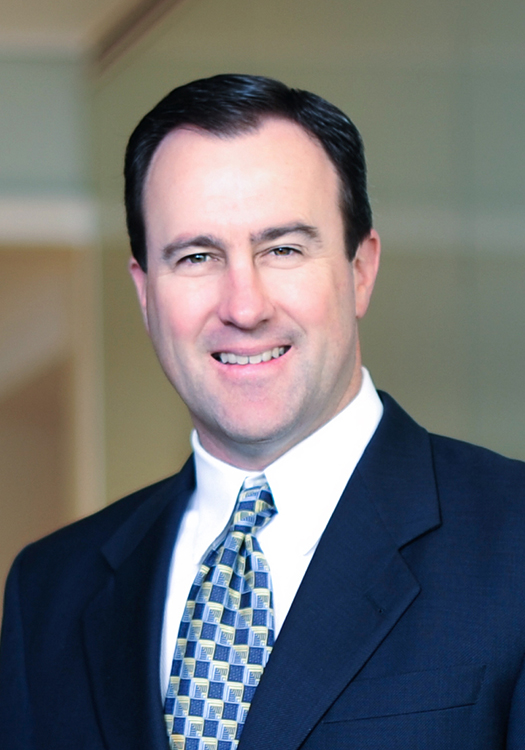By Marc Pannier
Move over millennials—Gen Z employees are the new kids in town, and they’re shaking up the benefits landscape.
As part of a generation known for spending enormous amounts of time on digital screens, Gen Z employees have unique needs when it comes to their vision benefits compared to other generations. With Gen Z taking notice of the importance of vision benefits—and as they continue to make up a larger portion of the workforce—it’s time to start structuring vision benefits to meet their needs.
Gen Z Enrollment on the Rise
In 2018, only half of Gen Z employees were enrolled in a vision plan, and just 56 percent said they would be likely to visit an eyecare professional (ECP) in the next 12 months, according to the 2018 annual Transitions Optical Employee Perceptions of Vision Benefits survey. Fast forward to 2019: The number of Gen Z employees enrolled in a vision plan increased to 6 in 10, with 65 percent saying they are likely to visit an ECP in the next month.
While there is still much room for improvement, enrollment in vision benefits among this age group increased by almost 10 percent in just one year. In comparison, enrollment in dental benefits among Gen Z employees remained relatively the same from 2018. This trend reinforces the fact that this cohort is starting to understand the true value of vision benefits.
A similar trend was found regarding benefits utilization. More Gen Z employees say they are likely to visit an ECP, while the likeliness to visit a dentist or a primary care physician remained relatively the same year-over-year. As Gen Z demonstrates a stronger interest in enrolling in and using vision benefits, it’s imperative to stay ahead of the curve in structuring plan recommendations. Not only is Gen Z enrollment in vision benefits rising, but the survey also found that their willingness to accept a job is heavily influenced by an employer’s vision benefit offering. In fact, half of Gen Z employees consider vision benefits, specifically, when deciding whether to accept a job. Overall, simply offering a vision benefit can help employers recruit Gen Z employees in today’s nearly full-employment economy.
Aside from recruiting and retaining top talent, vision benefits are typically an easy choice for employers. They are relatively low cost and have a high return-on-investment by keeping employees happy and healthy. Annual eye exams—covered by many vision benefits plans—help ensure that employees have an up-to-date prescription. But beyond vision correction, eye exams also help maintain both eye and overall health.
According to The Vision Council, more than 10 million Americans have undiagnosed eye conditions or problems that can ultimately lead to visual impairment, vision loss and/or increased medical costs. Additionally, many of the most common eye conditions or diseases—like glaucoma and age-related macular degeneration—have little or no early warning signs. For this reason, annual, comprehensive eye exams can act as a preventive measure for detecting many common eye conditions.
Beyond identifying and treating many vision problems, comprehensive eye exams can also help to diagnose many overall health conditions—such as diabetes and hypertension (high blood pressure).
What Gen Z Employees Want
Although vision benefit enrollment and utilization is growing among Gen Z employees, their participation lags significantly behind Millennials (74 percent), Gen X (81 percent) and Boomers (81 percent). This begs the question: What does Gen Z want in a vision benefit?
Full coverage of a yearly comprehensive eye exam is clearly one highly valued benefit. And, with employees spending more time in front of screens, premium lens options that help combat light sensitivity and digital eyestrain also need to be part of the vision benefits conversation. According to Transitions’ 2019 survey, nine in 10 Gen Z employees experience light sensitivity at work—more than any other generation. More alarming is that nine in 10 also say that light sensitivity negatively affects their ability to do their job.
Employees should be encouraged to ask their eyecare professional about eyewear options that can help alleviate the symptoms of light sensitivity, such as headaches and eye fatigue. Lenses that have blue light filters—or photochromic lenses, like Transitions® lenses, that adapt to changing light conditions and also help filter blue light—can help with sensitivity to light for employees who work in both indoor and outdoor settings.
Offering full coverage of premium lens options, like anti-reflective treatments, photochromic lenses, or blue light filtering lenses, can help to increase employee enrollment in vision benefits. That’s particularly important considering that half of Gen Z employees said they would be more likely to enroll in a plan that offered full coverage of premium lens options. Additionally, eight in 10 said they would pay more for a vision plan that offers premium lens coverage. Lens options that help protect against digital eyestrain and light sensitivity will only become more popular as Gen Z and Millennials become a larger part of the U.S. workplace.
Gen Z is more likely than ever to enroll in a vision benefits plan. Tapping into this increased desire for a vision benefit—as well as the need for eyewear that helps with light sensitivity and digital eyestrain—is critical for recruiting and retaining Gen Z employees. It’s important to note that the need for premium eyewear is not isolated to Gen Z. Every generation is now spending more time in front of screens and can benefit from premium eyewear options. If these options aren’t on your list to discuss with customers, now may just be the time to revamp your strategy.

Marc Pannier is a principal with Marsh & McLennan Agency (MMA) and leads the Employee Health and Benefits Division in the firm’s Orange County office. Marc is a third generation native of Orange County and earned his Masters of Business Administration degree from the University of California at Irvine and his bachelor’s degree from Tufts University.
